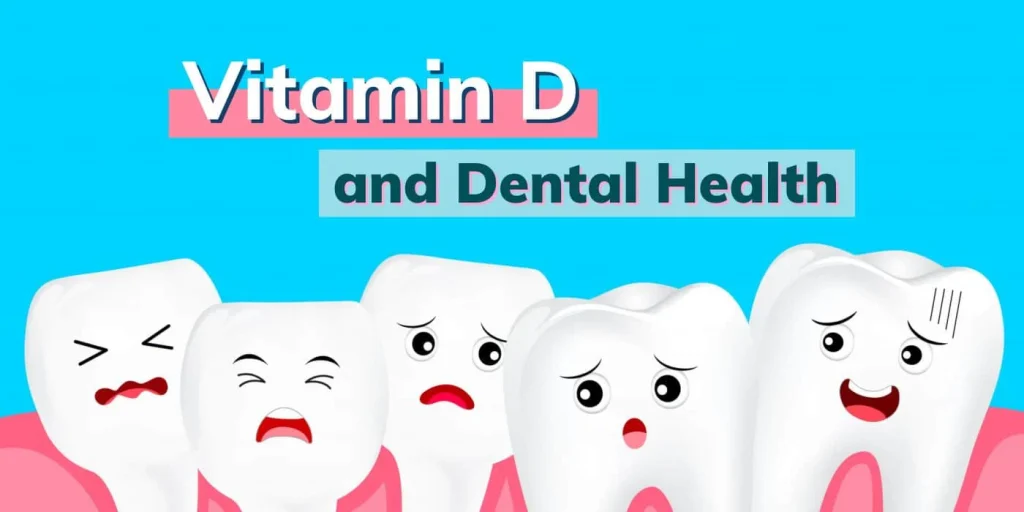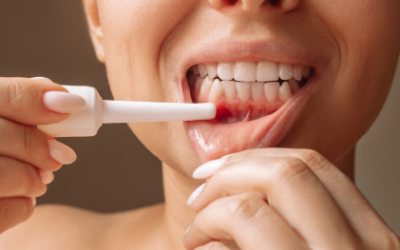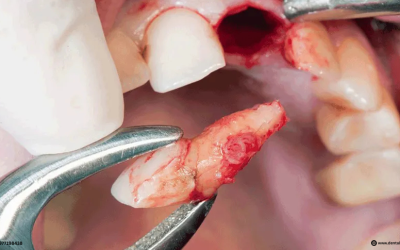When we think about strong, healthy teeth, the first nutrient that comes to mind is often calcium. But while calcium is the building block of enamel and bone, it can’t do its job without a critical partner—vitamin D. This often-overlooked nutrient acts as the key that unlocks your body’s ability to absorb and use calcium effectively. Without enough vitamin D, even a calcium-rich diet can leave your teeth vulnerable to decay, gum problems, and even bone loss in your jaw.
Why Vitamin D Matters for Your Oral Health
Vitamin D plays a dual role in dental health. First, it helps your digestive system absorb calcium and phosphorus, minerals essential for building and maintaining strong enamel. Second, vitamin D influences the health of your jawbone, which anchors your teeth in place. Weak jawbones can lead to loose teeth, shifting bites, and an increased risk of tooth loss.
In addition, research has linked vitamin D to your immune system’s ability to fight off infections—including those in your gums. Periodontal disease (gum disease) is a major cause of tooth loss in adults, and people with low vitamin D levels may have a harder time controlling the inflammation and bacteria that cause it.
Vitamin D and Tooth Development in Children
For children, vitamin D is just as important—if not more so. During the early years, vitamin D helps ensure that teeth develop properly before they even emerge. A deficiency during this stage can lead to enamel defects, making teeth more prone to cavities from the moment they erupt. Some studies have shown that children with adequate vitamin D levels tend to have fewer cavities and healthier gums.
Signs You Might Not Be Getting Enough
Vitamin D deficiency is surprisingly common, especially for people who spend less time in direct sunlight or live in northern climates. Signs that your vitamin D levels may be too low include frequent dental cavities despite good oral hygiene, bleeding gums, jawbone discomfort, or delayed healing after dental procedures. Fatigue, bone pain, and muscle weakness are also common signs of low vitamin D.

Sources of Vitamin D
Unlike most vitamins, vitamin D is something your body can produce on its own—with the help of sunlight. When your skin is exposed to UV rays, it triggers the production of vitamin D. However, factors such as sunscreen, skin pigmentation, season, and geographic location can all affect the amount of vitamin D produced by the body.
You can also get vitamin D from certain foods. Fatty fish, such as salmon, tuna, mackerel, and sardines, are excellent natural sources of omega-3 fatty acids and vitamin D. Egg yolks, fortified dairy products, and some mushrooms can also help boost your intake. For those who have difficulty getting enough from diet and sunlight, supplements may be recommended by a healthcare provider.
How Much Do You Need?
The recommended daily allowance for vitamin D varies depending on age, health status, and lifestyle. In general, adults need around 600–800 IU (International Units) per day, though some people may require more to maintain healthy blood levels. Your dentist or doctor may suggest a blood test to determine whether supplementation is necessary.
The Takeaway
Vitamin D is more than just a “sunshine vitamin”—it’s a fundamental nutrient for a strong smile. From helping the body absorb calcium to supporting the immune system against gum disease, vitamin D plays a vital role in maintaining healthy teeth for life. By ensuring you get enough—whether through sunlight, diet, or supplements—you can provide your tooth the foundation they need to stay strong and beautiful well into the future.




